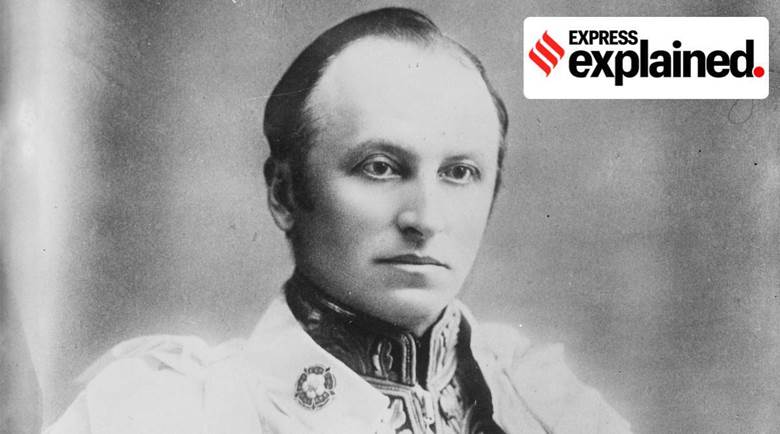Free Courses Sale ends Soon, Get It Now


Free Courses Sale ends Soon, Get It Now



Copyright infringement is not intended
Context: The 119-year-old Curzon Gate in Bardhaman in West Bengal is at the centre of a political row after it emerged earlier this week that the Trinamool Congress (TMC)-run Bardhaman municipality has decided to erect a statue of Bardhaman’s Maharaja Bijay Chand Mahatab and his wife Radharani in front of the city’s prominent landmark.
Details:
Who was Lord Curzon?
How and why did the partition of Bengal take place?
What were the consequences of the partition?
https://indianexpress.com/article/explained/lord-curzon-viceroy-india-bengal-partition-8100128/
© 2024 iasgyan. All right reserved